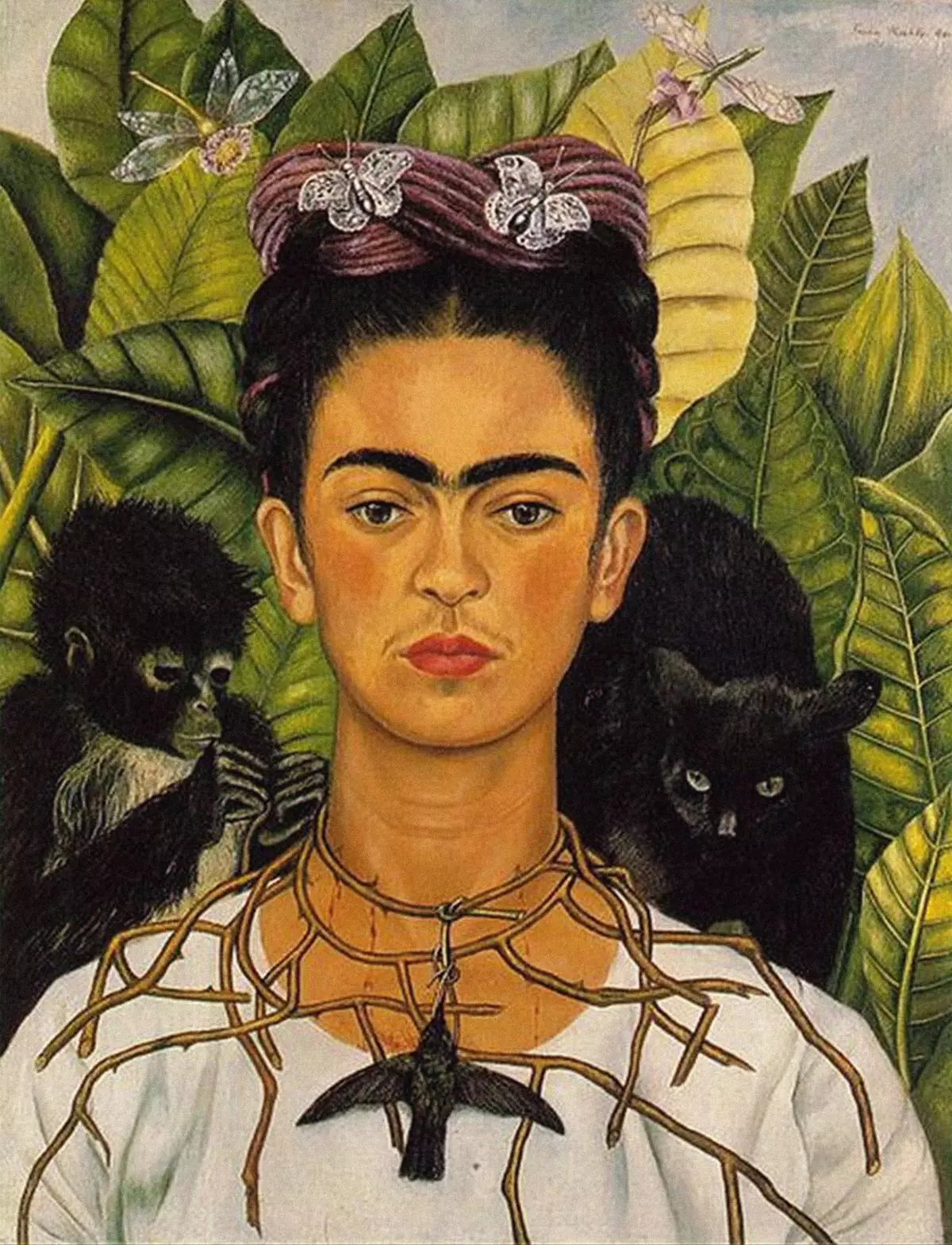
Self portrait of Frida Kahlo
Her relationship swung between painting and politics, mutual admiration and infidelity. The artistic and personal life of Frida and Diego was as fruitful as it was tumultuous , as passionate as it is miserable, and so linked to the Mexican capital that even today, almost a century later, its footprints can still be followed throughout the city. Discover them.
The tour of the Mexico of Frida and Diego begins in the same place that Frida and Diego began: the Old College of San Ildefonso. It was in this Jesuit school in the historic center of the city that Frida and Diego met back in 1922. Frida was a 16-year-old student, marked by a heartbreaking accident; Diego, 20 years older, was an overweight established artist.
Today the Colegio de San Ildefonso is the lair of Diego's first mural, The creation , a work of art that represented the takeoff of Mexican muralism. Despite its artistic and cultural importance, few people know of its existence; with a bit of luck, you will have the entire painting for your enjoyment and contemplation.
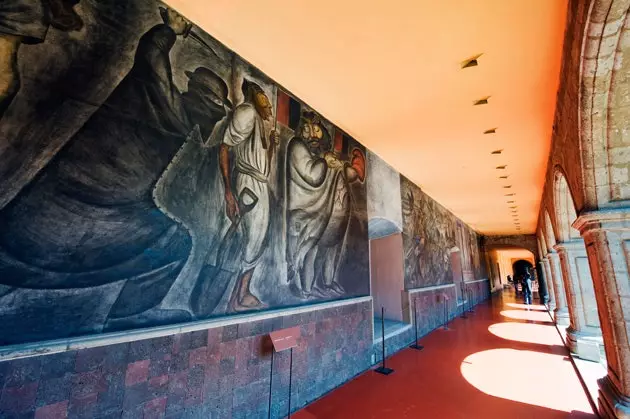
Old College of San Ildefonso
From here, go one block northwest towards the Secretary of Public Education. If you wonder what a ministry does on a tour, we understand, but trust us: the secretariat, which you can enter without paying admission, has no less than 120 frescoes by Diego and little more than a handful of visitors (unlike that he National Palace , which we also recommend but with a higher dose of patience).
The murals represent, in the words of Rivera himself, the very life of the town: indigenous festivals and traditions are more than represented, along with scenes of Mexican industrial and agricultural life. But the jewel is on the upper floor, in a series of murals on the Mexican Revolution of 1910 , when the working class rose up against the elite, and shows the political Diego at his best: the capitalists are grotesquely unattractive, while the workers are represented as legendary heroes.
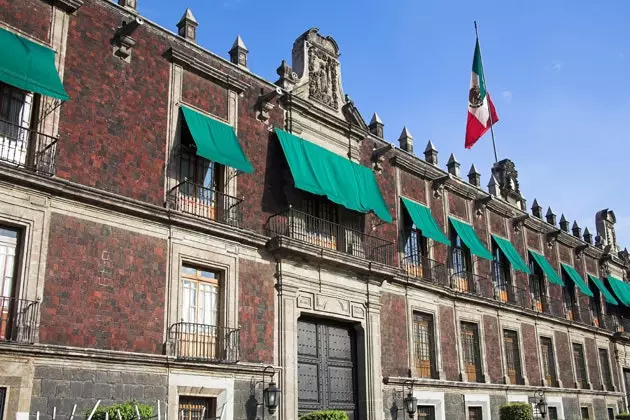
Education secretary
Upon leaving, walk south for just over a kilometer to find yourself in the heart of Mexico City's historic center: the Alameda, crowned by the spectacular Palacio de Bellas Artes. This will be the first stop on the tour where you will have to fight for a space to admire the murals, but believe us, it is worth it.
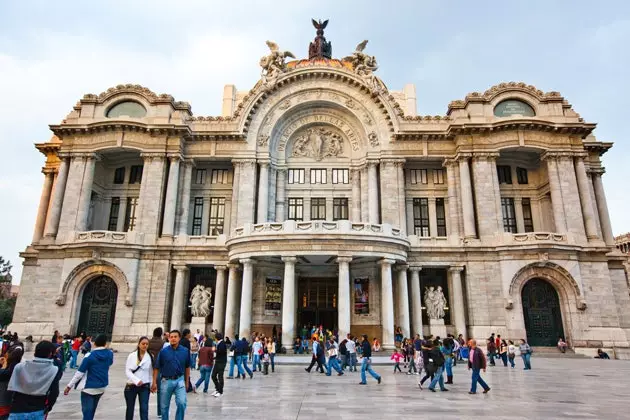
Palace of Fine Arts
Bellas Artes has several murals by Diego, but one that deserves special attention is The man at the crossroads . This mural, unlike the rest, is not the original piece, but a reproduction that Rivera himself made following the sketches of a mural commissioned by the Rockefeller Center in New York which was destroyed on arrival for its clear anti-capitalist emphasis. Luckily for us, Diego decided to repaint it in 1934. Although this mural has a very representative history of both the time and Diego's political convictions, it is not Rivera's most famous work. That title takes Dream of a Sunday afternoon in the Alameda Central , which is on display across the park at the Museo Mural Diego Rivera .
This mural is not only an emblematic sample of Rivera's work, but also a large-scale demonstration of several key moments in the history of Mexico (the 1521 conquest, the Porfirian dictatorship, and the 1910 revolution), sprinkled with figures relevant and people close to Diego himself. He represents himself as a chubby child cared for by the legendary Calavera Catrina. Frida, also present, is immortalized in an almost identical copy of the popular image of her: upright, elegant, with the indigenous clothes she used to wear and her already legendary unibrow.
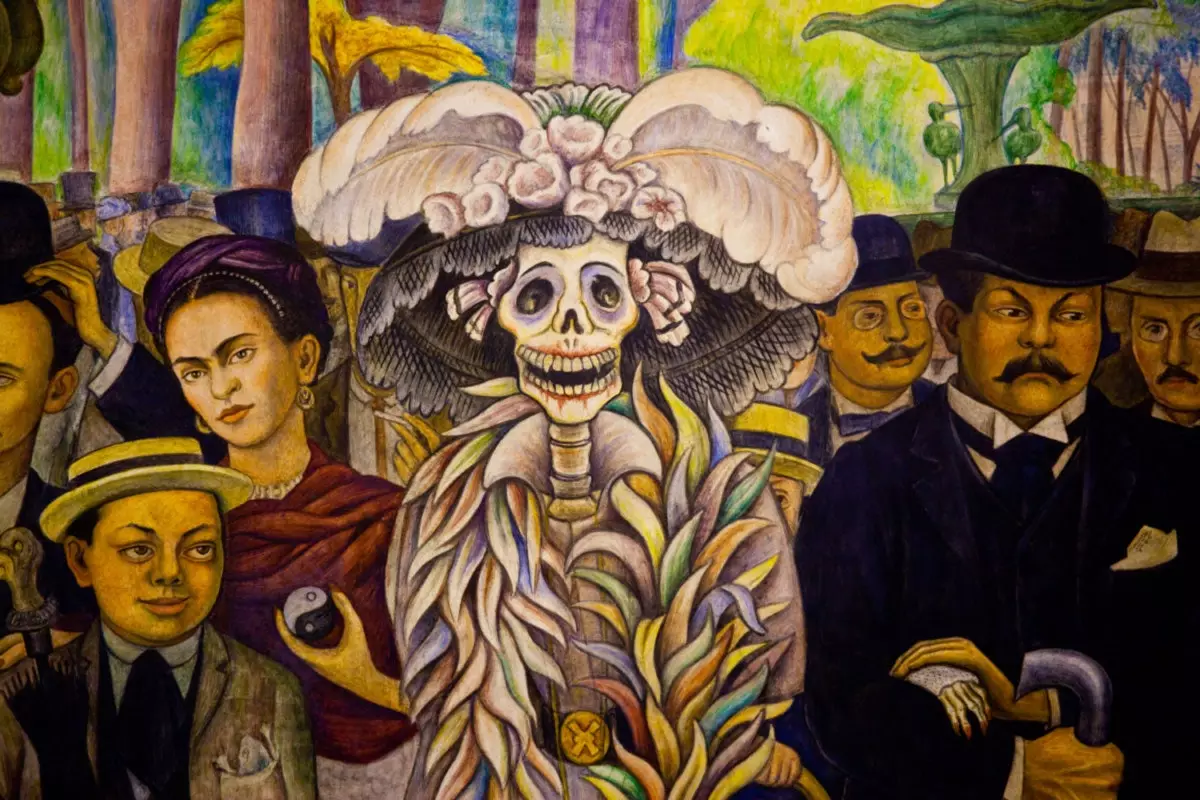
Dream of a Sunday afternoon in the Alameda Central
If you missed Frida on this tour, don't worry. The next stop is the center of the tour, and the origin of Kahl's work, the high point not only of this journey, but of many visits to Mexico by tourists from all over the world: the famous Casa Azul. This house in the suburb of Coyoacán is one of the great attractions of Mexico City, which translates into queues and long waits to enter (especially on Sunday, when admission is free for Mexicans and residents).
But once inside, you will see that it has not been in vain. The Blue House is not only the memory of what was Kahlo's home during his childhood, and where he decided to end his days; it is also a three-dimensional representation of Frida's personality and artistic style. The surreal paintings that made it famous adorn the rooms of this three-winged house, and her personal belongings, from books to dolls to clothes, offer a sneak peek into Frida's personal life.
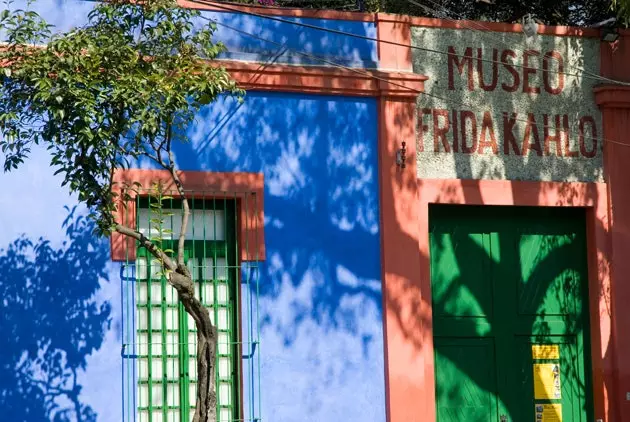
The blue House
The price of the entrance to the Casa Azul also includes the entrance to the Anahuacalli Museum (one more reason to stand in line), in the same Coyoacan neighborhood and a must-see for any Rivera fan. This space was designed by Diego himself as a temple for his (extensive) collection of pre-Hispanic art, spread over 23 rooms and four floors . The central chamber is the study, in which, among others, you can admire the sketch from which Rivera reproduced the mural The man at the crossroads . Anahuacalli was Rivera's refuge and domain, where she could retire to work and get away from the madding crowd (and sometimes from his turbulent marriage) whenever she wanted.
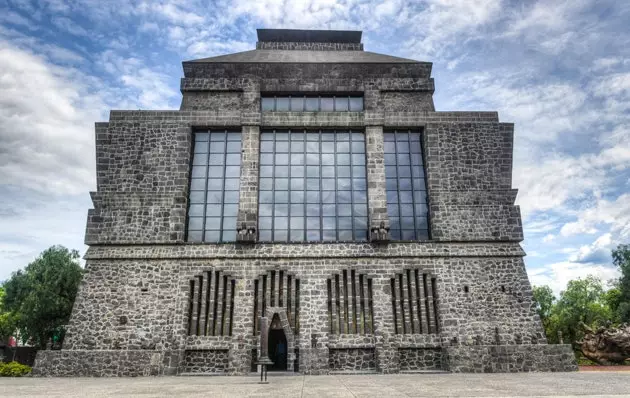
Anahuacalli Museum
But if there is a place that reflects the relationship between Diego and Frida better than any other, it is the ** Museo Casa Estudio Diego Rivera y Frida Kahlo **, in the San Ángel neighborhood. The studio was designed by modernist architect Juan O'Gorman expressly for painters, and the building itself, so far ahead of its time, alone is worth a visit.
Inside, the museum is an ideal representation of the hectic life together of the couple . The studio is divided into two rooms, joined by a passageway, so that each artist had their own space independent of the other.
This distribution came very handy in 1939, when Frida and Diego divorced and lived apart; and also in 1940, when they remarried and could not spend a moment without each other. Here they also received their friends and colleagues, including Leon Trotsky, that he found refuge in Mexico City when the Stalinist regime expelled him from Russia.
These Twin Houses , as the studio house is also known, are extremely symbolic of the unique relationship that united Diego and Frida: the studios are not together, but they are not exactly separate either, in which art and politics take precedence over all things .
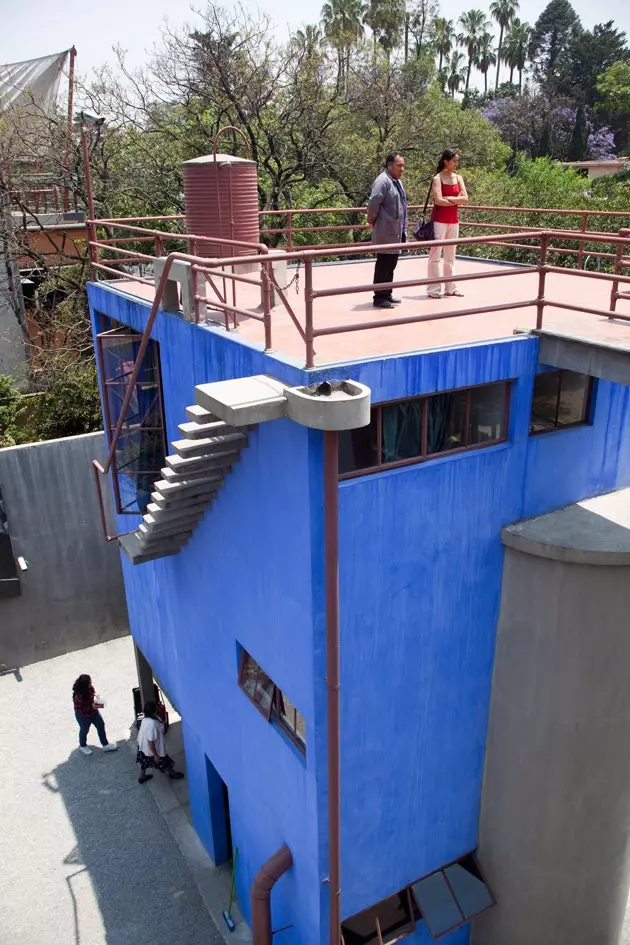
Diego Rivera and Frida Kahlo Studio House Museum
Follow @PReyMallen
